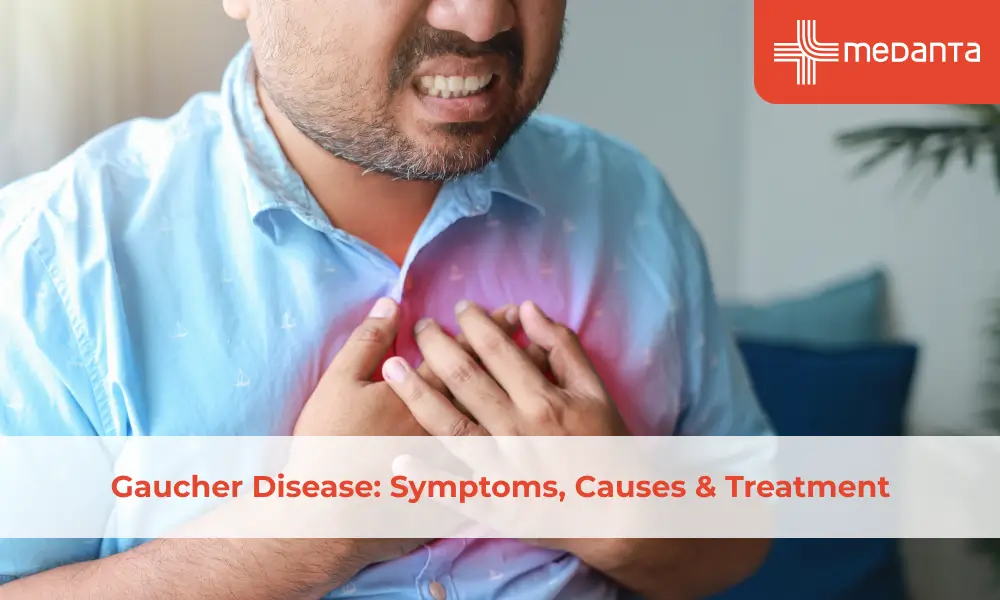Comprehensive Guide on COPD: Symptoms, Treatment and Prevention

COPD or Chronic Obstructive Pulmonary Disease is a chronic lung disease that primarily blocks the airflow to and from the lungs. The lungs are in an inflamed condition which causes significant difficulty in breathing, excessive cough with mucous production and other related problems. If left untreated, COPD is a dangerous condition that can lead to severe heart diseases, lung cancer and other critical conditions.
Chronic bronchitis, emphysema and refractory asthma are three main conditions contributing to COPD. Emphysema is a condition where the bronchioles and subsequent alveoli (gas exchanging units in lungs) are damaged. The damage mainly occurs after long-term exposure to dangerous chemicals, polluted smoke from industrial areas, cigarettes, and other particulate matter.
Even a progressive and lethal disease like COPD can be cured with proper management and treatment. Moreover, the risk of other lung diseases or subsequent lung cancer is reduced substantially. Here, we will talk more about the causes, types, symptoms, treatments and effective preventions for COPD and avoiding long-term lung damage.
Causes of COPD
Many air-related pollutants can cause COPD. Long-term exposure to such pollutants can cause severe degree of COPD. Some of the common causes of COPD are:
- Cigarettes, pipes, and tobacco smoke are a leading cause of COPD.
- Passive smoking is another major cause of COPD in which we are exposed to smoke from staying around other smokers and subsequently inhaling the smoke.
- Asthma can weaken our lung function, so there are high chances of developing COPD.
- Exposure to dust, air pollutants and chemical particulates, can lead to early development of COPD as they block the air passages of lungs over time.
- Age is an important risk factor in the development of COPD. With age, the respiratory muscles weaken and the lung aging starts.
- AAT or Alpha 1 Antitrypsin is a gene present in the human body. Deficiency of this protein can lead to early development of COPD. However, it is a rare cause.
Types of COPD
Primarily, there are two types of COPD.
1. Emphysema
Emphysema is a condition where the alveoli or the air sacs in the lungs are entirely damaged, unable to exchange air. As a result of this damage, the alveolar sacs are destroyed and cannot perform properly during expansion and contraction. However, the air is trapped due to improper expansion, which damages the alveoli even more. Due to hyperinflation of lungs, the exchange of gases is improper, causing severe shortness of breath. As a result, the body gets affected due to severe deficiency of oxygenated blood.
2. Chronic Bronchitis
Chronic bronchitis is a serious condition where the inner linings and walls of the lungs are inflamed, causing severe breathlessness. This leads to swelling and excessive accumulation of mucus within the lungs, blocking the airways. Hence, breathing becomes harder.
Symptoms of COPD
COPD is a disease that occurs over time thus, symptoms are difficult to find. The symptoms appear after a long time of exposure. They are not recognised until the lungs are substantially damaged.
Some common COPD signs and symptoms to look for:
- Shortness of breath. Occurs mostly during times of physical activities or sleeping.
- Constant or excessive wheezing. It is a shrill whistling sound occurring due to blocked air passages.
- Tightness of chest.
- Constant and chronic cough, known as whooping cough. This usually leads to the secretion of excess mucus, which is mainly white, yellow, green or even blackish in colour.
- Infections of respiratory system.
- Loss of energy and nausea.
- Weight loss after multiple days of symptoms and underlying lung condition.
- Swelling in various joints of the body.
These are some of the common COPD symptoms, however, patients suffering from COPD can experience periods of exacerbations. During this time, the symptoms become even more intense and worse than on other days and can last for several days.
Treatment for COPD
While there is no way to cure COPD completely, the COPD treatment methods can restrict the intensity of the problem. It leads to various complications too. Treatment with medications and surgery can help with additional complications.
Some treatments strategies for COPD are:
Medical Treatment
- Bronchodilators can be used as inhalers. They help to clear the airway.
- Corticosteroids are drugs that reduce inflammation in the lungs. These can be taken as pills or inhalers.
- Combination inhalers can be used by pairing up drugs and related steroids.
- Antibiotics to prevent lung infections.
- Roflumilast or Daliresp is a drug that stops the activity of an enzyme known as PDE4 that causes flare-ups linked to COPD.
- Flu vaccines lower the risk for lung diseases.
- Pulmonary rehabilitation can help with exercises and disease management methods to restrict lung problems.
Surgery
- Bullectomy can help to clear bullae from the lungs. This causes the air sacs to return to normal shape and size.
- Lung volume reduction surgery removes the damaged tissues in the lungs.
- A lung transplant can help replace a damaged lung with a healthy one.
Prevention of COPD
Prevention of COPD can be done but is not very effective. It helps to control the risk factors of the disease. Some of them are:
- Quit smoking to reduce blockage and pressure on heart and lungs.
- Getting regular vaccines against flu and pneumonia to effectively fight against infections.
- Regularly consulting the doctor for symptoms of loss of breath, chest pain, bloody mucus, etc.
Wrapping Up
COPD cannot be effectively cured but can be prevented by lifestyle modification and external medication. We can wear masks when outdoors to prevent inhaling dust. Allergies and irritation in the chest and nose is yet another sign. Keep a check on these symptoms and consult the doctor for effective help.






